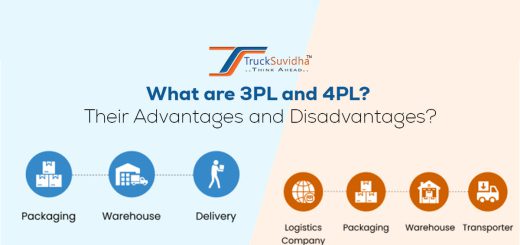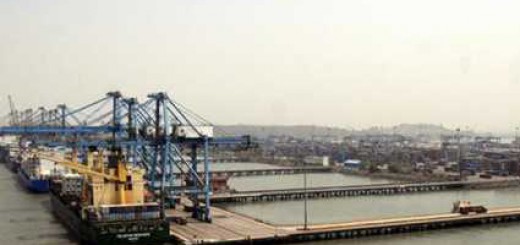8 Key Elements for Achieving Your Logistics Target
In the dynamic world of supply chain management, achieving a well-defined logistics target vision is a driving force behind success. The efficient movement of goods, optimization of resources, and seamless coordination between various stakeholders are essential to attaining these objectives. In this article, we will delve into the key elements that play a pivotal role in realizing your logistics target vision and propelling your organization toward operational excellence.
Essential Components to Reach Your Logistics Target
1. Strategic Planning and Alignment:
A robust logistics target vision begins with strategic planning that aligns with the overarching goals of your organization. This involves a comprehensive analysis of your business objectives, market trends, and customer demands. By aligning your logistics strategy with these factors, you can ensure that your efforts contribute directly to the growth and success of your business.
2. Clear and Measurable Objectives:
Clarity is paramount when setting logistics target objectives. Clearly define specific and measurable goals that serve as benchmarks for your logistics operations. These objectives could encompass reduced delivery times, increased order accuracy, optimized inventory levels, or improved transportation efficiency. Measurable objectives allow you to track progress and make data-driven decisions to drive continuous improvement.
3. Technology and Data Analytics:
Modern logistics operations are heavily reliant on technology and data analytics. Implementing robust transportation management systems (TMS), warehouse management systems (WMS), and advanced analytics tools empower you to gather actionable insights. By harnessing data, you can identify inefficiencies, optimize routes, predict demand patterns, and proactively address potential disruptions.
4. Effective Communication and Collaboration:
The success of logistics operations hinges on effective communication and collaboration among various departments and external partners. Clear communication ensures that all stakeholders are on the same page, leading to smoother processes and timely decision-making. Collaboration with suppliers, carriers, and customers fosters a cohesive supply chain ecosystem that reacts swiftly to changes and challenges.
5. Talent Development and Training:
Behind every successful logistics operation is a skilled and motivated workforce. Investing in employee development and training ensures that your team is equipped with the necessary skills to navigate complexities and implement best practices. Empowered employees are more likely to contribute innovative solutions, drive efficiency, and adapt to changing scenarios.
6. Continuous Process Improvement:
In the rapidly evolving logistics landscape, stagnation is not an option. A commitment to continuous process improvement is a hallmark of successful logistics target vision realization. Regularly review and refine your logistics processes, incorporating lessons learned, industry best practices, and emerging technologies. This approach ensures that your logistics operations remain agile and adaptive.
7. Risk Management and Resilience:
Unforeseen disruptions are inevitable in logistics operations. Developing a robust risk management strategy allows you to anticipate and mitigate potential risks, reducing the impact of disruptions on your supply chain. From natural disasters to geopolitical changes, having contingency plans and alternative routes in place ensures that your logistics operations remain resilient.
8. Sustainability and Environmental Responsibility:
In today’s environmentally conscious world, integrating sustainability practices into logistics operations is imperative. Consider eco-friendly transportation options, optimized route planning to minimize fuel consumption, and responsible packaging choices. Embracing sustainability not only reduces your environmental footprint but also resonates positively with customers and stakeholders.
Conclusion
Achieving your logistics target vision requires a holistic approach that integrates strategic planning, technology adoption, talent development, and continuous improvement. By focusing on these key elements, you can establish a solid foundation for efficient logistics operations that align with your business goals. Remember that the logistics landscape is ever-evolving, so adaptability and a forward-thinking mindset are essential to stay ahead of the curve.
Whether you’re aiming to enhance delivery speed, optimize inventory management, or create a more sustainable supply chain, integrating these elements into your logistics strategy will propel your organization toward logistics excellence. Embrace innovation, prioritize collaboration, and make informed decisions based on data-driven insights. With the right approach, your logistics target vision can become a reality, contributing not only to operational efficiency but also to the overall success and growth of your business.




Recent Comments